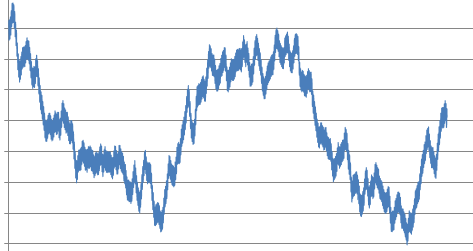Hi,
I would like to ask you about the architecture of ADS1248.
Does ADS1248 employ a "feedback" signal processing to reduce the output errors?
A Feedback means that the output is feedbacked internaly to input to compare, like "OPamp feedback".
Because one customer has observed following data which changes slowly and periodically.(about 10Sec/cycle)
This data is temperature data of "Thermocouple".
The customer is concerning that this data changing is due to ADS1248 architecture.
But I am thinking that seems to be due to "environmental issue of measurement"...
I would like to ask you to give me any advice about this.
Thank you in advance.
Best Regards,


